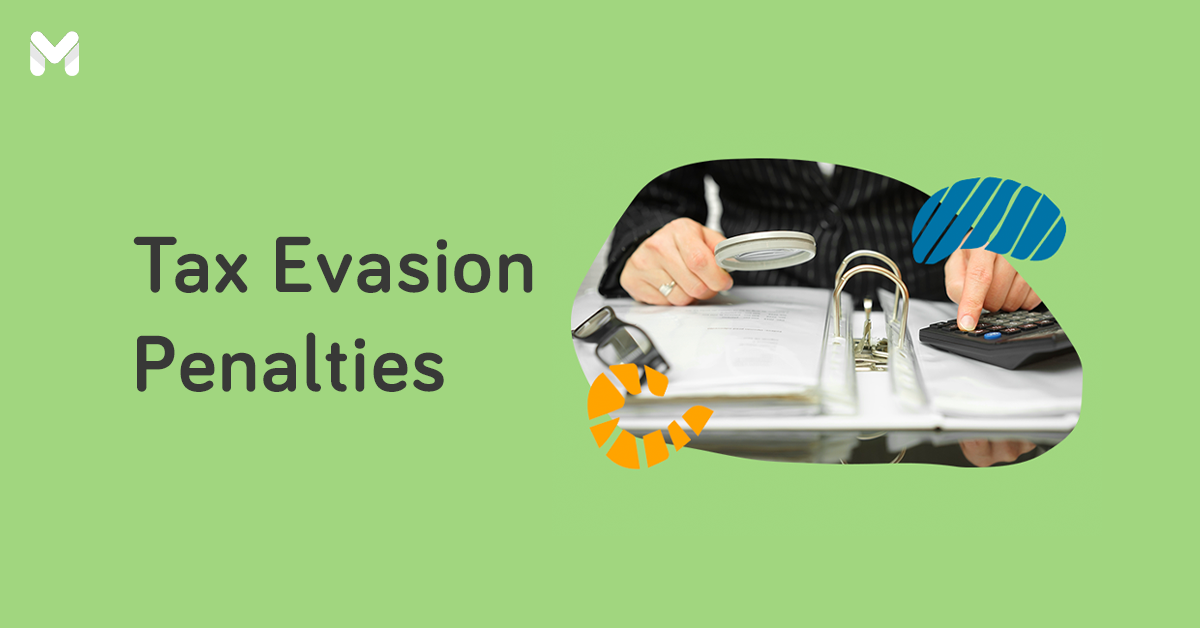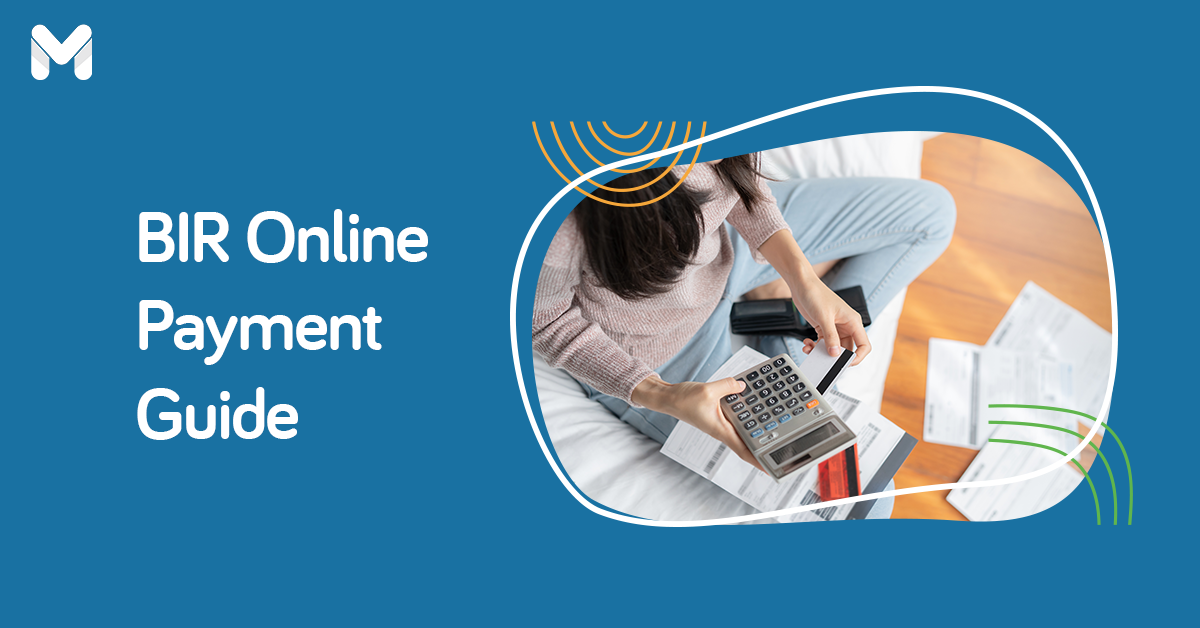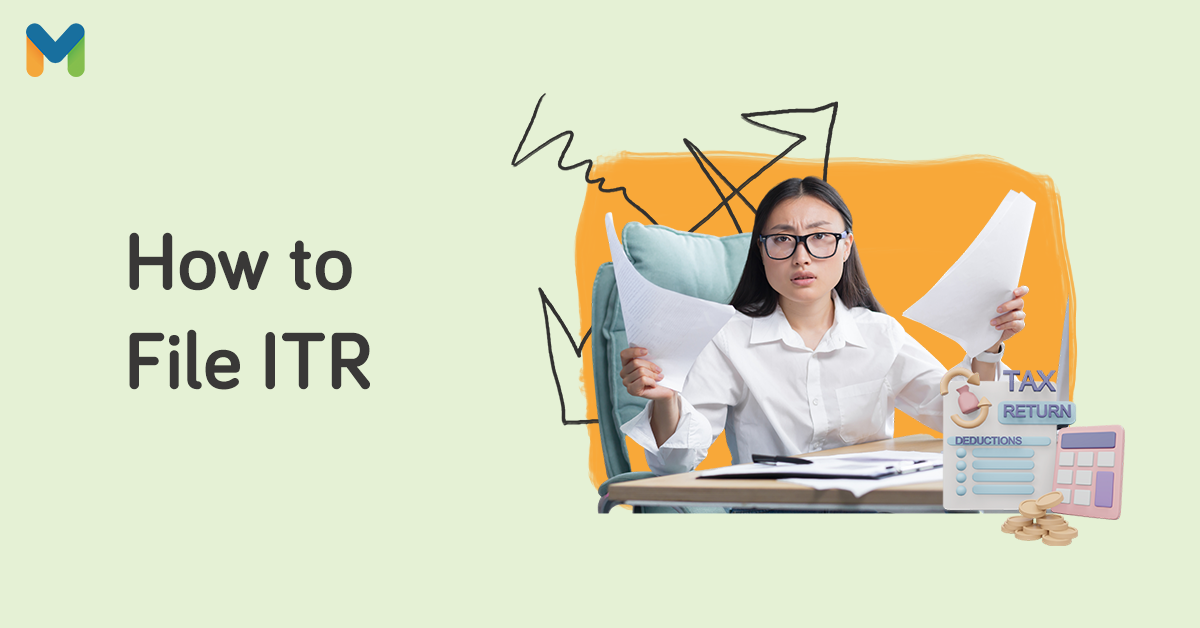Since 2018, millions of working Filipinos have benefitted from Republic Act 10963 or the Tax Reform for Acceleration and Inclusion Act. Also known as the TRAIN Law, this decree lowers personal income tax, which means workers enjoy a higher take-home pay.
Furthermore, the TRAIN Law simplifies donor’s and estate taxes, expands the range of value-added tax (VAT), and imposes taxes on sugar-sweetened beverages and cosmetic procedures.
Effective January 1, 2023, personal income tax rates in the Philippines under the TRAIN Law were further reduced. This means Filipino workers will see another increase in their take-home pay starting this year. Experts believe that this is a sensible move, as tax cuts may encourage the middle class to spend more.
Read on to find out how your income tax under TRAIN Law will fare this 2023 and beyond.
Updated Income Tax Rates in 2023 and Onwards Under the TRAIN Law

Under the TRAIN tax table in the Philippines, taxpayers earning below ₱250,000 per year are still exempted from paying personal income tax in 2023 and onwards.
Those who have an annual income of more than ₱250,000 but less than ₱8 million pay a tax rate of 15% to 30% starting in 2023. For context, the previous rate used to be 20% to 32%.
Meanwhile, those who earn over ₱8 million will have a higher tax rate of 35%. This is a three-percent hike from the previous tax rate of 32%.
Read more: Ask Moneymax: What are the Different Taxes in the Philippines?
What is the New Personal Income Tax Under TRAIN Law this 2023?
-Jan-30-2023-04-19-24-3841-AM.png?width=674&height=449&name=Pics%20for%20blog%20-%20600x400%20(2)-Jan-30-2023-04-19-24-3841-AM.png)
So how much is your income tax in the Philippines? The TRAIN Law has separate tax schedules for different types of earners. The personal income tax cut, effective January 1, 2023 onwards, is applicable to compensation income earners or those whose salaries come from their employers.
Meanwhile, self-employed individuals and mixed-income earners will continue to follow the tax schedules implemented last January 1, 2018.
👉 New Tax Schedule for Compensation Income Earners
If your source of income comes from your employer, this tax computation table should apply to you.
| Net Taxable Income | Tax Rate |
| Less than ₱250,000 | 0% |
| ₱250,000 - ₱400,000 | 15% of the excess over ₱250,000 |
| ₱400,000 - ₱800,000 | ₱22,500 + 20% of the excess over ₱400,000 |
| ₱800,000 - ₱2 million | ₱102,500 + 25% of the excess over ₱800,000 |
| ₱2 million - ₱8 million | ₱402,500 + 30% of excess over ₱2 million |
| Over ₱8 million | ₱2,202,500 + 35% of excess over ₱8 million |
👉 Tax Computation Table for Self-Employed and Professionals
Are you a self-employed individual who runs a business or a professional who works as a freelancer? Your individual income tax under TRAIN Law is computed based on the following:
| Gross Sales/Receipts | Tax Rate |
|---|---|
| Not more than ₱3 million | Option 1: Regular PIT rates Option 2: 8% of gross sales/receipts in excess of ₱250,000 (in lieu of income and percentage tax) |
| Above ₱3 million | Regular PIT rates |
Read more: What’s Being Done to Fix the Philippine Tax System
👉 Tax Computation Table for Mixed-Income Earners
Mixed-income earners are individuals who get their income from various sources, such as regular employment, business, and the practice of a profession. In other words, they’re full-time employees who also run a business or accept freelance jobs on the side.
If you’re a mixed-income earner, here’s your income tax under the TRAIN law.
| Type of Income | Tax Rate |
|---|---|
| Compensation Income | Regular PIT rates |
| Gross sales/receipts not more than ₱3 million | Option 1: Regular PIT rates Option 2: 8% of gross sales/receipts (in lieu of income and percentage tax) |
| Gross sales/receipts more than ₱3 million | Regular PIT rates |
How to Compute Your Personal Income Tax In 2023
-Jan-30-2023-07-00-15-0176-AM.png?width=641&height=427&name=Pics%20for%20blog%20-%20600x400%20(3)-Jan-30-2023-07-00-15-0176-AM.png)
Before you compute your income tax under TRAIN Law, you need to figure out your taxable income first. So what is taxable income in the Philippines? It refers to your monthly pay (including additional pay) minus all the deductions from your tardiness or absences and mandatory contributions (i.e. SSS,[2] PhilHealth, and Pag-IBIG).
In this sample TRAIN Law computation, let’s assume that your annual taxable income is ₱579,000. Here's how to calculate your income tax under the TRAIN Law:
- Look at the updated 2023 TRAIN Law tax table above and check which bracket your taxable income falls under. In this case, it falls under the third bracket with a tax rate of ₱22,500 + 20% of excess over ₱400,000.
- Subtract ₱400,000 from your taxable income. That is ₱579,000 - ₱400,000 = ₱179,000.
- Multiply ₱179,000 by 20%, as prescribed by your tax bracket. The answer is ₱35,800.
- Then add ₱22,500 to ₱35,800, as prescribed by your tax bracket. The answer is ₱58,300. That will be your annual income tax due. This means that you’ll be paying taxes worth ₱4,858.30 per month.
If you’re looking for a more personalized computation, you can use the Department of Finance's online TRAIN Law tax calculator.[2]
Read more: What Happens if I Don’t Pay My Taxes? Tax Evasion Penalties Every Taxpayer Must Know
How Much was the Tax Before TRAIN Law?
Before TRAIN Law was implemented, taxes were much higher. Here are the old income tax brackets in the Philippines for a better perspective of things.
| Net Taxable Income | Tax Rate | |
|---|---|---|
| Over | But Not Over | |
| ₱10,000 | 5% | |
| ₱10,000 | ₱30,000 | ₱500 + 10% of excess over ₱10,000 |
| ₱30,000 | ₱70,000 | ₱2,500 + 15% of excess over ₱30,000 |
| ₱70,000 | ₱140,000 | ₱8,500 + 20% excess over ₱70,000 |
| ₱140,000 | ₱250,000 | ₱22,500 + 25% excess over ₱140,000 |
| ₱250,000 | ₱500,000 | ₱50,000 + 30% excess over ₱250,000 |
| ₱500,000 | ₱125,000 + 32% of excess over ₱500,000 | |
Final Thoughts
Computing your income tax under the TRAIN Law may be quite confusing. If the numbers and figures disorient you at times, just remember: your take-home pay just got higher.
If you want to learn more about individual tax rates and income taxes in the Philippines, you can always consult your company’s finance department. In case you’re self-employed, talking to an accountant will definitely help.
Sources:
- [1] Tax Cuts Likely to Unleash Spending Power of Middle-Class Filipinos (BusinessWorld, 2023)
- [2] SSS Contribution Table
- [3] Department of Finance Train Law Tax Calculator










